What is the Most Common Method of Carbon Dioxide Transport?
The most prevalent method involves hemoglobin binding, converting carbon dioxide into bicarbonate ions, facilitating efficient transport through blood circulation and maintaining acid-base balance․
Carbon transport is essential for maintaining homeostasis, facilitating gas exchange, and ensuring that metabolic processes and respiratory functions operate efficiently in the human body․
1․1 Definition of Carbon Dioxide Transport
Carbon dioxide transport refers to the mechanisms through which CO2 is moved from the tissues of the body to the lungs for exhalation․ This process is crucial for maintaining optimal carbon dioxide levels and ensuring effective gas exchange within the respiratory system․ CO2 produced during cellular respiration is primarily transported in three forms: dissolved in plasma, bound to hemoglobin, and as bicarbonate ions․ The regulation of carbon transport is vital for preserving acid-base balance in the blood, supporting pulmonary function, and facilitating efficient oxygen transport․ Understanding these mechanisms is essential for comprehending how the body manages respiratory gases during metabolic processes․
1․2 Importance of CO2 Transport in the Body
CO2 transport is vital for maintaining physiological homeostasis, as it plays a crucial role in regulating blood pH and overall acid-base balance․ Efficient removal of carbon dioxide prevents respiratory acidosis, ensuring that metabolic processes function optimally․ Furthermore, carbon transport supports cellular respiration by allowing oxygen transport to occur effectively․ As CO2 levels increase in the blood, it stimulates respiratory mechanisms to enhance lung function, promoting gas exchange in the alveoli․ The interplay between venous blood circulation and capillary networks facilitates this process, allowing for effective gas diffusion․ Overall, CO2 transport is essential for sustaining life and promoting overall health․
The Role of the Respiratory System
The respiratory system facilitates gas exchange, enabling efficient carbon dioxide transport and oxygen transport, which are essential for metabolic processes and maintaining physiological balance․
2․1 Overview of Gas Exchange
Gas exchange is a critical process occurring within the alveoli of the lungs, where oxygen enters the bloodstream while carbon dioxide is expelled from the body․ This exchange relies on the principles of gas diffusion, where respiratory gases move from areas of higher concentration to lower concentration․ The respiratory system facilitates this process through the coordinated actions of the diaphragm and intercostal muscles, which regulate lung function and volume․ Efficient gas exchange is essential for maintaining optimal carbon dioxide levels in arterial blood, ensuring that metabolic processes continue uninterrupted․ Furthermore, it supports cellular respiration and overall physiological mechanisms crucial for health․
2․2 Pulmonary Function and Gas Diffusion
Pulmonary function is essential in facilitating gas diffusion, allowing carbon dioxide to move from the blood into the alveoli for exhalation․ The efficiency of this process depends on factors such as lung capacity, airway resistance, and the surface area of the alveoli․ When carbon dioxide levels rise in venous blood, it stimulates respiratory mechanisms that enhance lung function, promoting increased ventilation․ This exchange is critical for maintaining homeostasis, as it helps regulate blood pH and support acid-base balance․ Furthermore, effective gas diffusion ensures that oxygen transport remains optimal, crucial for sustaining metabolic processes and ensuring overall physiological health within the body․
Mechanisms of Carbon Dioxide Transport
Carbon dioxide is transported through various mechanisms, including hemoglobin binding, bicarbonate ion formation, and dissolved gas in plasma, ensuring efficient removal from the body․
3․1 Transport via Hemoglobin
Hemoglobin plays a crucial role in carbon dioxide transport by binding to CO2 molecules in the bloodstream․ Approximately 20-25% of carbon dioxide produced during cellular respiration is transported this way․ When carbon dioxide enters red blood cells, it combines with hemoglobin, forming carbaminohemoglobin․ This binding facilitates efficient transport to the lungs, where carbon dioxide is released during gas exchange․ The affinity of hemoglobin for CO2 is influenced by factors such as blood pH and carbon dioxide levels․ This mechanism not only aids in carbon dioxide removal but also helps maintain acid-base balance, supporting vital metabolic processes and respiratory functions within the body․
3․2 Bicarbonate Ion Formation
Bicarbonate ion formation is a significant mechanism for carbon dioxide transport, accounting for approximately 70% of CO2 in the blood․ When carbon dioxide diffuses into red blood cells, it reacts with water, catalyzed by the enzyme carbonic anhydrase, forming carbonic acid․ This acid quickly dissociates into bicarbonate ions and hydrogen ions․ The bicarbonate ions then enter the plasma, where they serve as a key buffer, helping maintain acid-base balance in the body․ As blood circulates to the lungs, bicarbonate ions re-enter red blood cells, converting back to carbon dioxide for exhalation․ This process is essential for efficient gas exchange and metabolic stability․
Blood Circulation and Carbon Transport
Blood circulation plays a vital role in carbon transport, facilitating the movement of carbon dioxide from tissues to lungs, ensuring efficient gas exchange and metabolic regulation․
4․1 Arterial Blood vs․ Venous Blood
Arterial blood and venous blood play distinct roles in carbon dioxide transport․ Arterial blood, rich in oxygen, is delivered from the lungs to tissues, where cellular respiration generates carbon dioxide as a byproduct․ In contrast, venous blood carries carbon dioxide back to the lungs for exhalation․ Typically, venous blood contains higher carbon dioxide levels due to the accumulation from metabolic processes, whereas arterial blood has lower CO2 levels․ The difference in carbon dioxide concentration is crucial for maintaining efficient gas exchange in the lungs․ Understanding this distinction helps illuminate the dynamic processes of respiratory gases and their impact on overall physiological mechanisms․
4․2 Capillary Networks and Gas Exchange
Capillary networks are essential for effective gas exchange, allowing carbon dioxide to diffuse from tissues into the bloodstream․ These tiny blood vessels facilitate the close interaction between blood and surrounding cells, enabling efficient transfer of respiratory gases․ As oxygen is delivered to tissues, carbon dioxide produced during cellular respiration enters the capillaries, where it binds to hemoglobin or converts to bicarbonate ions․ This process is critical for maintaining optimal carbon dioxide levels in the blood․ Additionally, the proximity of capillary networks to cells ensures rapid gas diffusion, supporting metabolic processes and aiding in the regulation of acid-base balance within the body․
Impact of Carbon Dioxide Levels on Physiological Mechanisms
Carbon dioxide levels significantly influence various physiological mechanisms, including acid-base balance, respiratory drive, and metabolic processes, ensuring optimal functioning of the human body․
5․1 Acid-Base Balance in the Body
Acid-base balance is a critical physiological mechanism influenced by carbon dioxide levels in the body․ Carbon dioxide, when dissolved in blood, forms carbonic acid, which dissociates into bicarbonate ions and hydrogen ions․ This dynamic equilibrium helps maintain the pH of blood within a narrow range, essential for normal cellular function․ When carbon dioxide levels rise, the increased concentration of hydrogen ions leads to a decrease in pH, resulting in acidosis․ Conversely, lower CO2 levels can cause alkalosis․ The body’s ability to regulate these levels through respiration and bicarbonate buffering is crucial for sustaining metabolic processes and overall health, ensuring homeostasis․
5․2 Metabolic Processes and Cellular Respiration
Metabolic processes and cellular respiration are closely intertwined with carbon dioxide transport mechanisms in the body․ During cellular respiration, glucose is metabolized to produce energy, resulting in the generation of carbon dioxide as a byproduct․ This CO2 must be efficiently transported from the cells to the lungs for exhalation to maintain homeostasis․ The formation of bicarbonate ions in the blood acts as a buffer, aiding in the regulation of pH levels․ Additionally, elevated carbon dioxide levels stimulate respiratory drive, increasing ventilation to expel excess CO2․ Understanding these interactions is crucial for appreciating how the body manages energy production and maintains optimal physiological function․
6․1 Summary of Key Points
Carbon dioxide transport within the body occurs primarily through three mechanisms: binding to hemoglobin, conversion to bicarbonate ions, and dissolution in plasma; The respiratory system plays a vital role in gas exchange, ensuring efficient removal of CO2 and delivery of oxygen․ Arterial blood, rich in oxygen, contrasts with venous blood, which carries increased carbon dioxide levels back to the lungs․ Capillary networks facilitate gas diffusion, greatly enhancing the efficiency of this process․ Additionally, carbon dioxide levels directly impact acid-base balance and respiratory drive․ Ultimately, understanding these mechanisms is essential for appreciating the body’s metabolic processes and maintaining overall health and homeostasis․
6․2 Future Directions in Carbon Transport Research
Future research in carbon transport will focus on understanding the intricate mechanisms regulating carbon dioxide levels and their implications on health․ Investigating the role of genetic factors in carbon dioxide transport efficiency may provide insights into individual variations in respiratory function․ Furthermore, advancements in technology, such as imaging techniques, could enhance our understanding of gas exchange in real-time․ Exploring the impact of environmental factors on carbon transport could also lead to significant findings, especially concerning pollution and respiratory diseases․ Ultimately, these research directions aim to develop targeted therapies for respiratory conditions, improve pulmonary function, and enhance overall metabolic health in diverse populations․
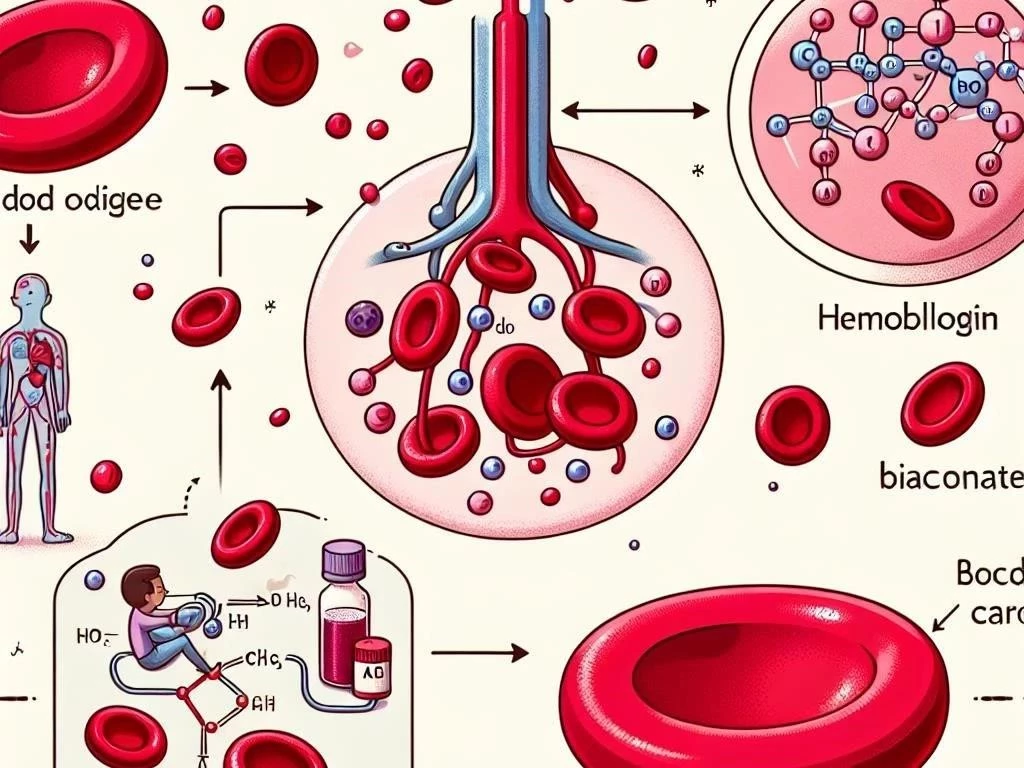

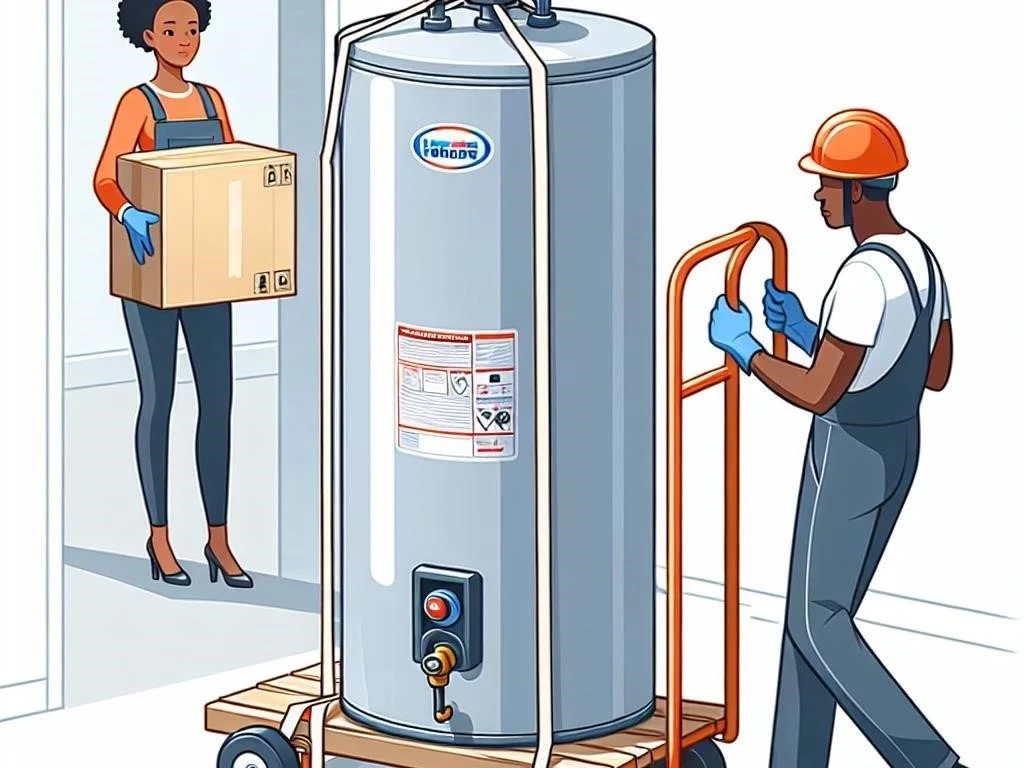


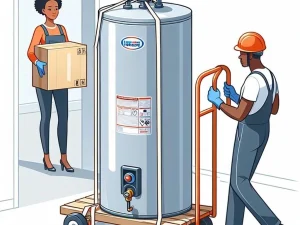


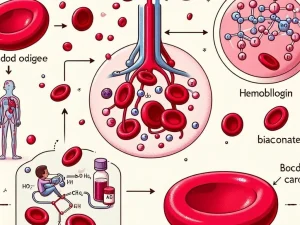




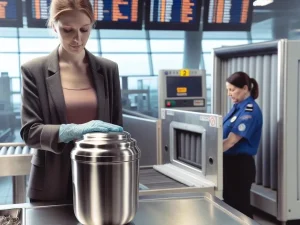
Post Comment